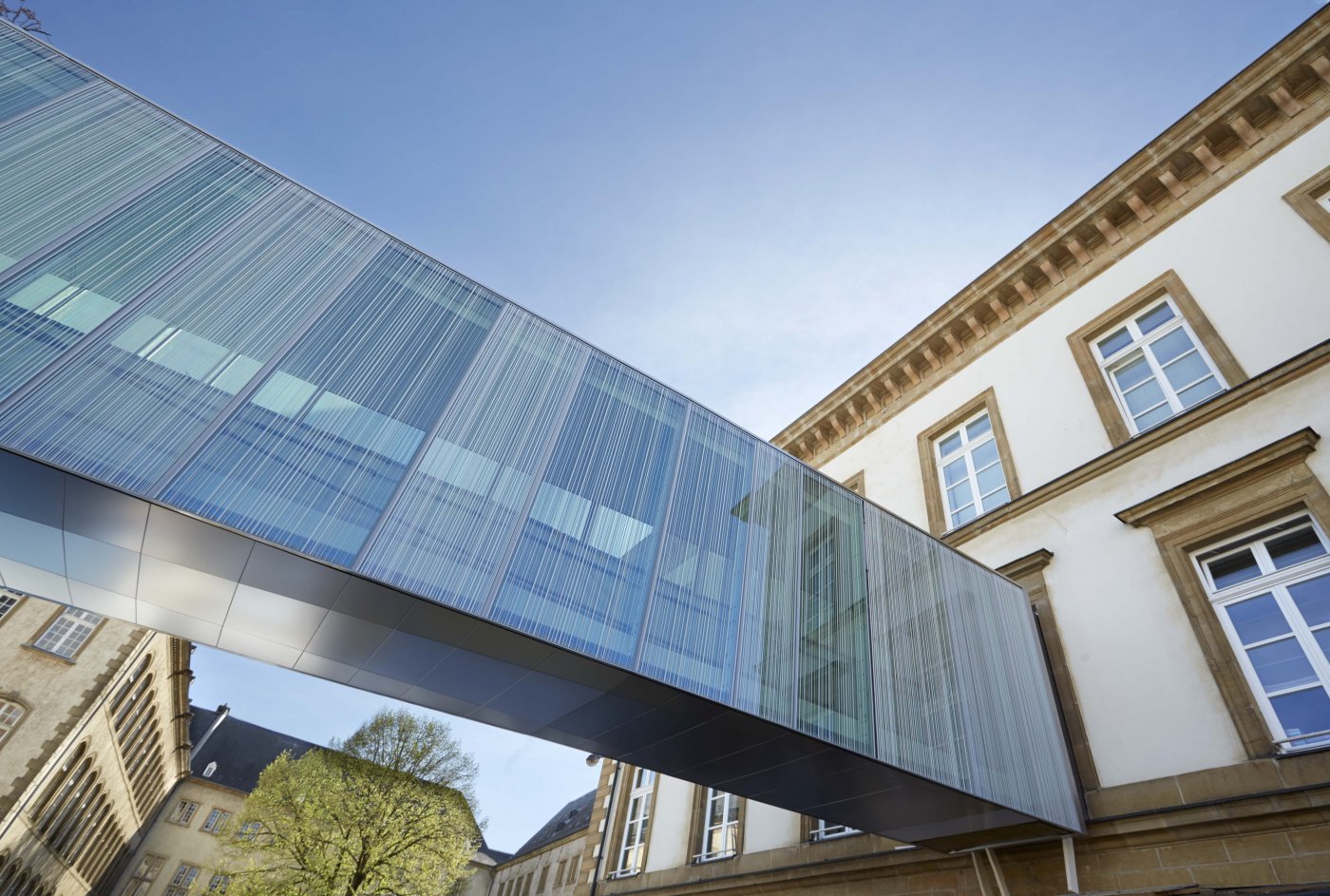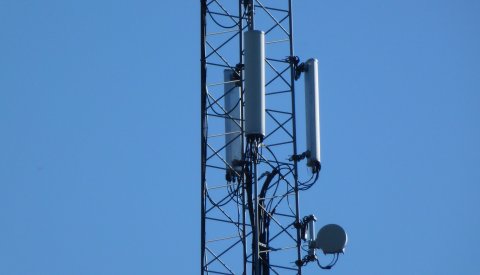A smart city, also known as a connected city, uses cutting edge technology to offer a wide range of high-quality services in a number of areas such as mobility, housing, the environment, safety and education.
A smart city is built on two pillars:
- Data collection and processing: underlying infrastructure, sensors, smart grids, smart water networks, smart buildings and, most importantly, big data.
- Intelligent user interfaces (for residents, visitors, and tourists): the goal is to provide the city with cognitive intelligence that allows users to interact with their environment with ease.
A city can be smart in many different ways:
- Smart Infrastructure: providing state-of-the-art technology that can process and deliver all types of data, even in huge volumes
- Smart People: improving qualification levels, promote ethnic diversity and open-mindedness in all areas of life
- Smart Governance: encouraging participation in public life, offer transparent governance, facilitate access to public and social services
- Smart Mobility: improving local, national and international accessibility, provide a well-maintained public transport system and excellent availability of IT infrastructure
- Smart Environment: promoting awareness of the environment and renewable resources, educate residents about environmental issues
- Smart Living: creating better housing conditions, guarantee a high level of personal safety, offer educational and cultural facilities and tourist attractions.























